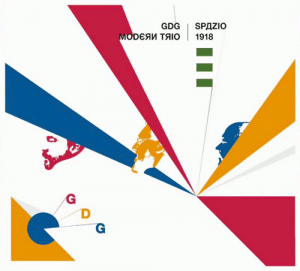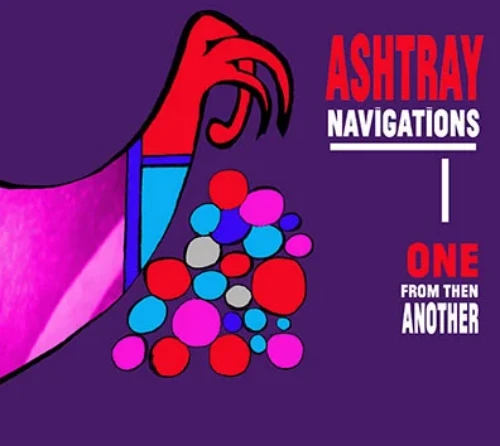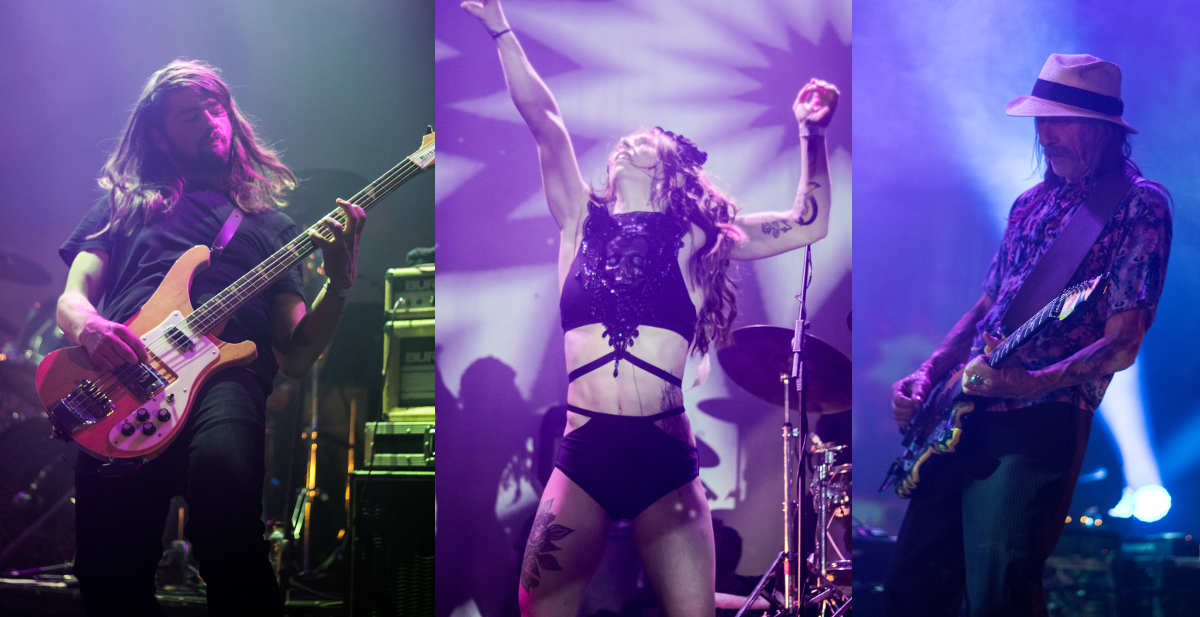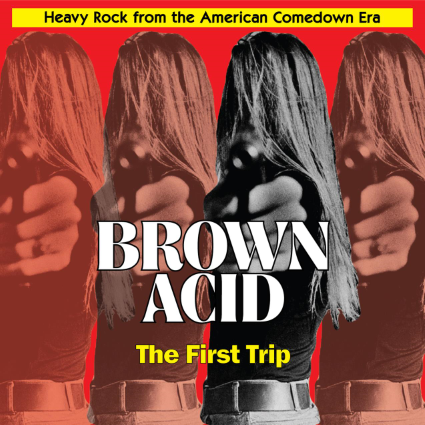 The mysterious GDG Modern Trio is a band about which I knew nothing and the album that arrived with its Soviet-influenced modernist cover art sits there on the desk looking inscrutable. It transpires that the album was recorded in Ravenna and consists of three members of Italy’s burgeoning alternative music scene: Bruno Dorella (also of Sigillum S), Francesco Giampaoli and Stefano Ghittoni. Between their other bands, a lot of musical ground is covered and they bring this expansive palette to bear in the Modern Trio.
The mysterious GDG Modern Trio is a band about which I knew nothing and the album that arrived with its Soviet-influenced modernist cover art sits there on the desk looking inscrutable. It transpires that the album was recorded in Ravenna and consists of three members of Italy’s burgeoning alternative music scene: Bruno Dorella (also of Sigillum S), Francesco Giampaoli and Stefano Ghittoni. Between their other bands, a lot of musical ground is covered and they bring this expansive palette to bear in the Modern Trio.
“Interferenza 1” opens the album with a brief peep through the door of a bustling European bar. The cheery crowd gives a kind of bierkeller vibe that could mean anything for the following half hour. The trio, however, have no agenda. Walking bass and weaving jazz guitar join forces with vibes for the first track, “Spazio 1918”. The tempo of the guitar is somehow more upbeat than the bass and it nods to jazz, but almost in the way that you might nod to a stranger in the street, while at random intervals piercing notes of distorted guitar remind you not to assume too much.
Giampaoli is listed as playing classical guitar and its Spanish influences, drifting in desert winds, sit at odds with the industrial synth beat of “Retrophuturo”. The bass is smooth and syrupy, and there is a touch of post-punk in its feel; but not in the end result, and that is the story of this album — the merging of styles and influences that you just wouldn’t quite expect.
It is impossible to put a finger on them as they drift imperceptibly from track to track. They touch on Americana on “Astro Blue” and the setting of noisy texture against sturdy rhythm brings to mind Tortoise on “See The Stars”. After another “Interferenza”, which involves whistling and static, the final track “Micronesia” with its sedate Latin piano and woodblocks and bells sees the album out in yet another change of mood. The languid early morning feel is a perfect finale and then it is all over.
I must say that Spazio 1918 is a delight. There is nothing overbearing or jarring about the album and it flits from style to style in a way that does not detract from your enjoyment of each piece. Nothing outstays its welcome and if anything, some could be a little longer, and that can only be a good thing.-Mr Olivetti-



